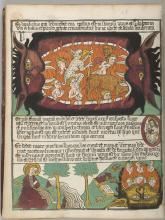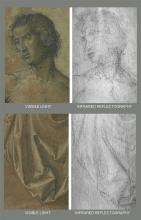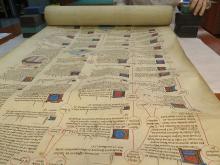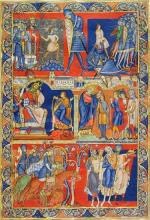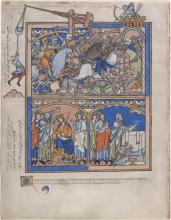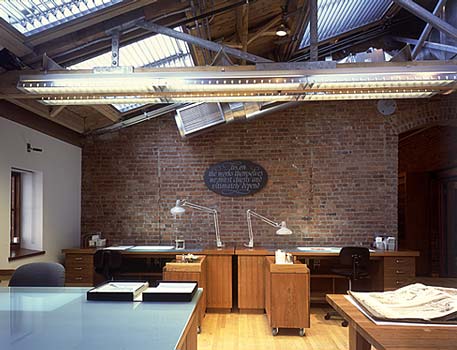Taming the Wild Things: Storage Considerations for the Bequest of Maurice Sendak
Submitted by Thaw Conservati... on Thu, 09/24/2020 - 2:30pmOver 900 objects relating to Maurice Sendak’s (1928–2012) stage designs for The Magic Flute, The Cunning Little Vixen, Love for Three Oranges, The Nutcracker, and an opera based on Where the Wild Things Are arrived at the Morgan in 2013 as part of the artist’s extraordinary bequest. For many of us, the magic of Sendak’s books, in particular Where the Wild Things Are, live vividly in the memories of our childhood. It is thus both a delight and an honor to create a safe home for these wonderful objects.



